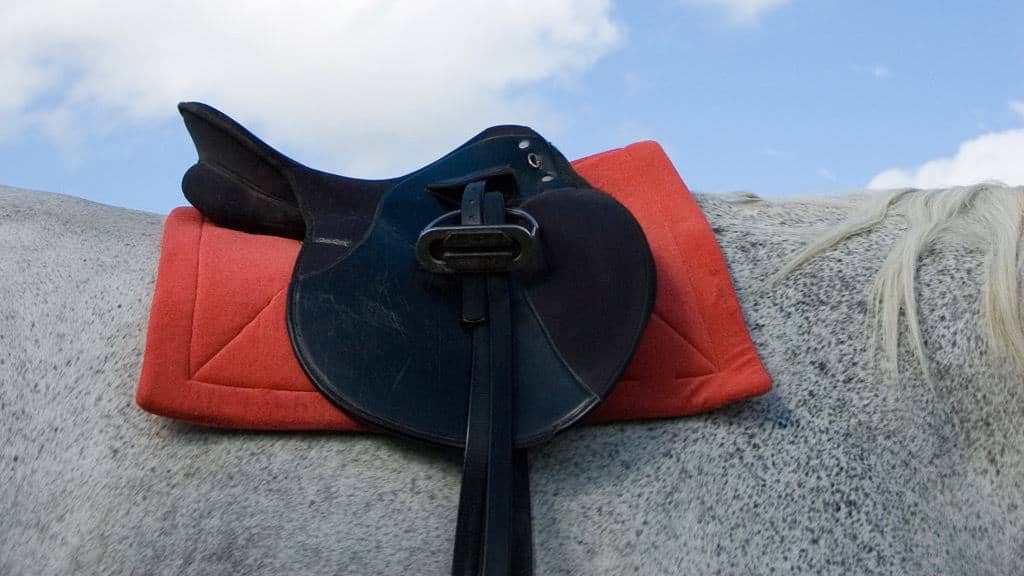Vets encouraged to recognise ill-fitting saddles

Vets are being encouraged to take a more holistic approach to saddle fitting, to improve the health and welfare of both horse and rider.
Illustrated tutorial
A paper entitled ‘Saddle fitting, recognising an ill-fitting saddle and the consequences of an ill-fitting saddle to horse and rider’ has been published in the Equine Veterinary Education Journal.
It was produced by equine vet Dr Sue Dyson, in collobaration with master saddlers and saddle fitters Mark Fisher and Sue Carson, and offers a practical, illustrated tutorial to help vets understand the importance of a well-fitted saddle.
Educate owners
The article calls for vets to work as part of a team, with saddle fitters, trainers and physiotherapists, in order to educate horse owners about the range of problems caused by ill-fitting saddles.
It’s not just the horse that needs assessing, if a saddle isn’t the right size and shape for the rider, they may not be able to ride in balance with the horse. This can induce equine thoracolumbar pain as well as rider back pain, hip pain, sores under the seat bones and perineal injuries.
Key advice
Key advice from the paper includes:
·The saddle should be assessed off and on the horse, without and with a rider.
·The fit of the saddle for both the horse and rider must be evaluated.
·A well-fitted saddle should distribute weight evenly via the panels to the horse’s thoracic region, with complete clearance of the spinous processes by the gullet.
·The saddle should remain fairly still during ridden exercise at all paces.
·Signs of an ill-fitting saddle include equine thoracolumbar pain, focal swellings under the saddle, ruffling of the hair, dry spots under the saddle immediately after exercise surrounded by sweat, and abnormal hair wear.






